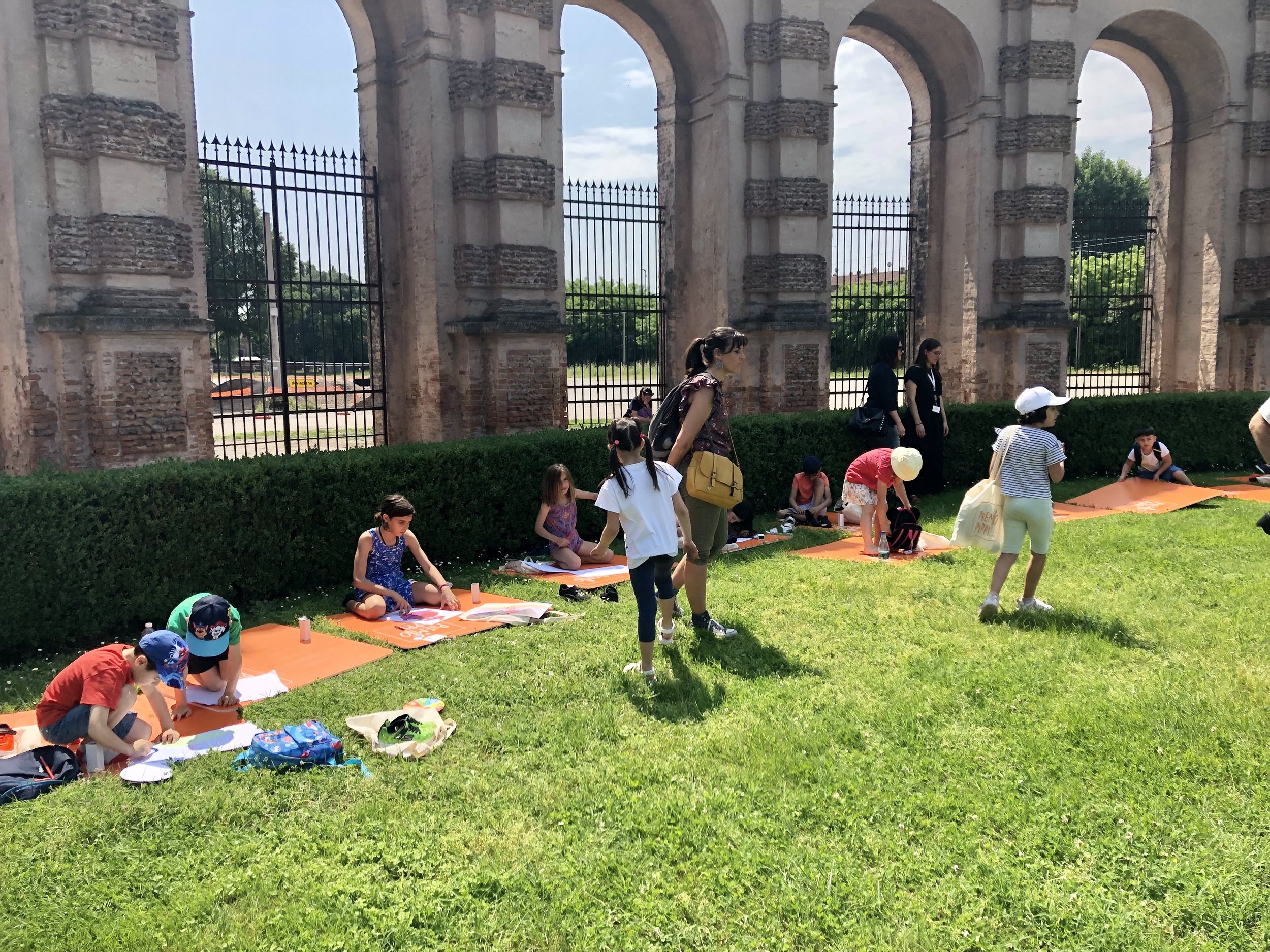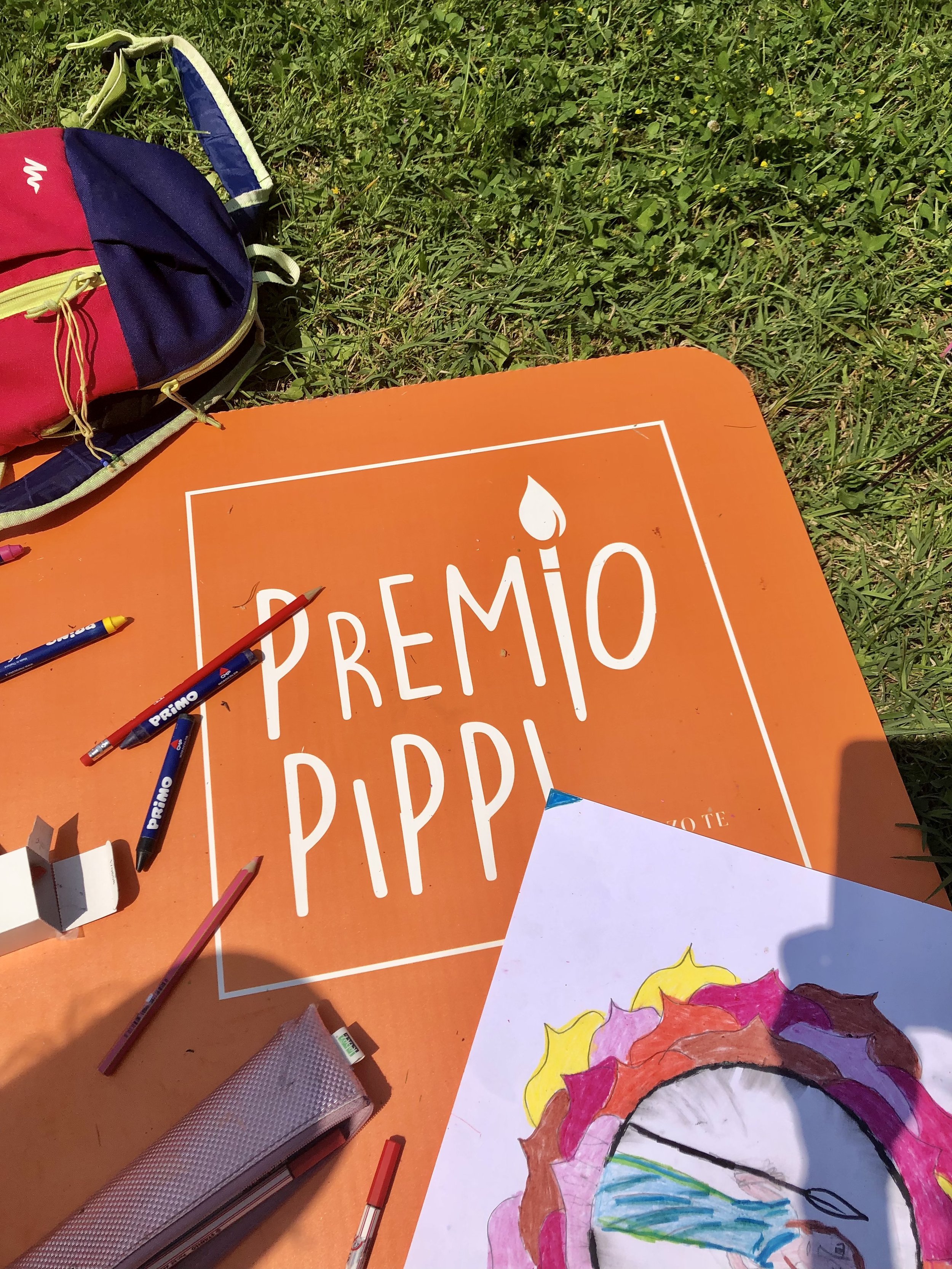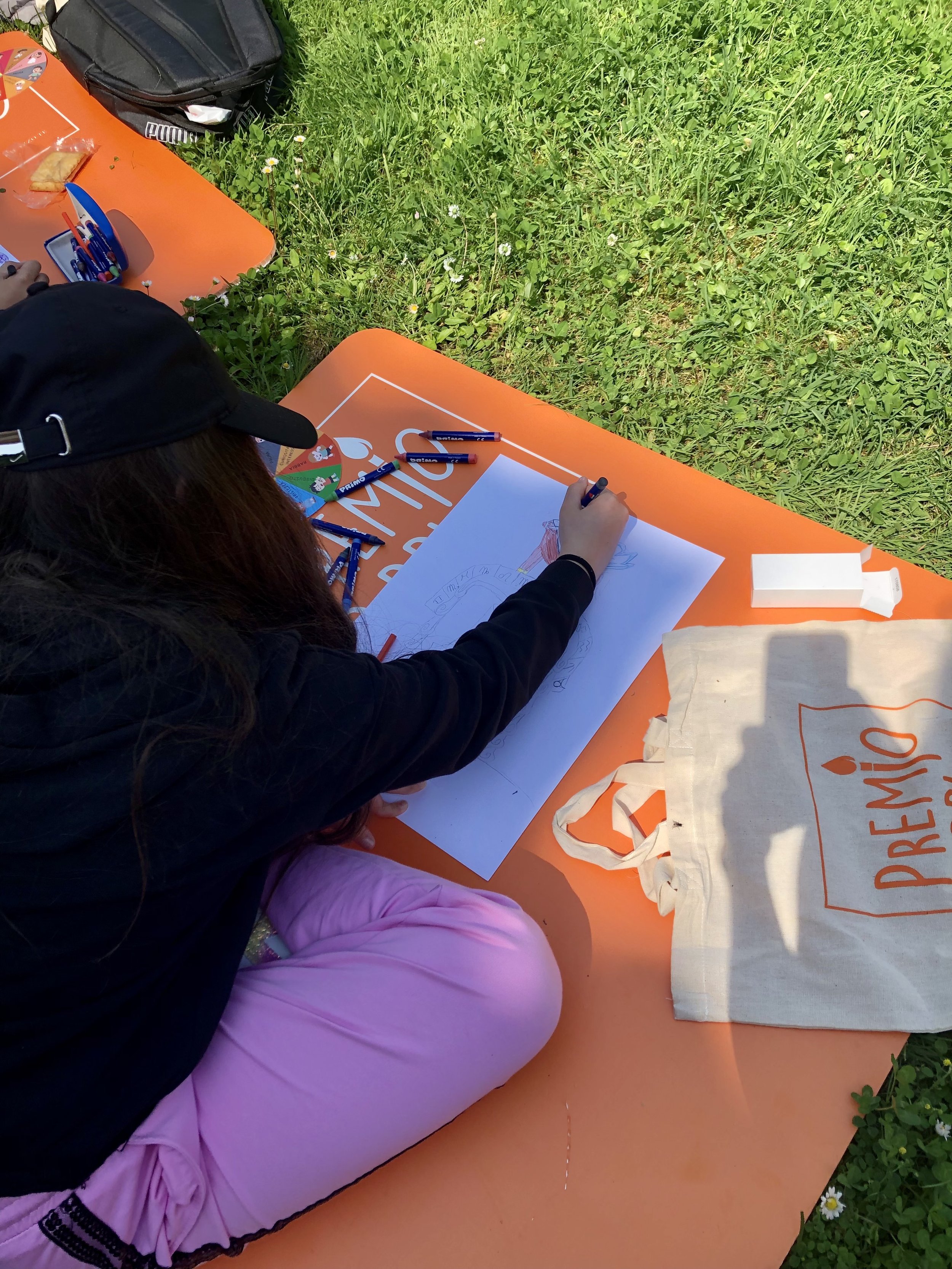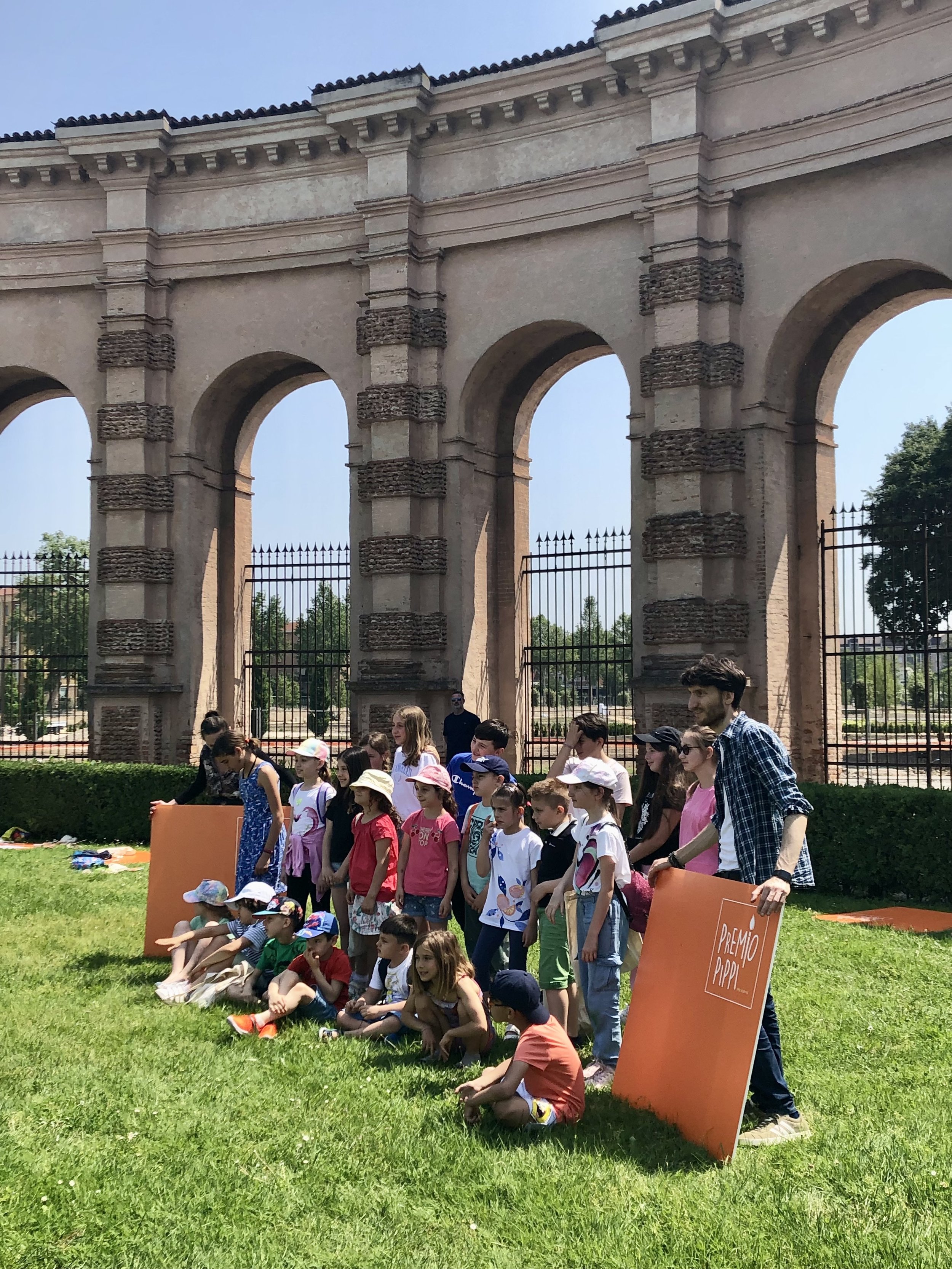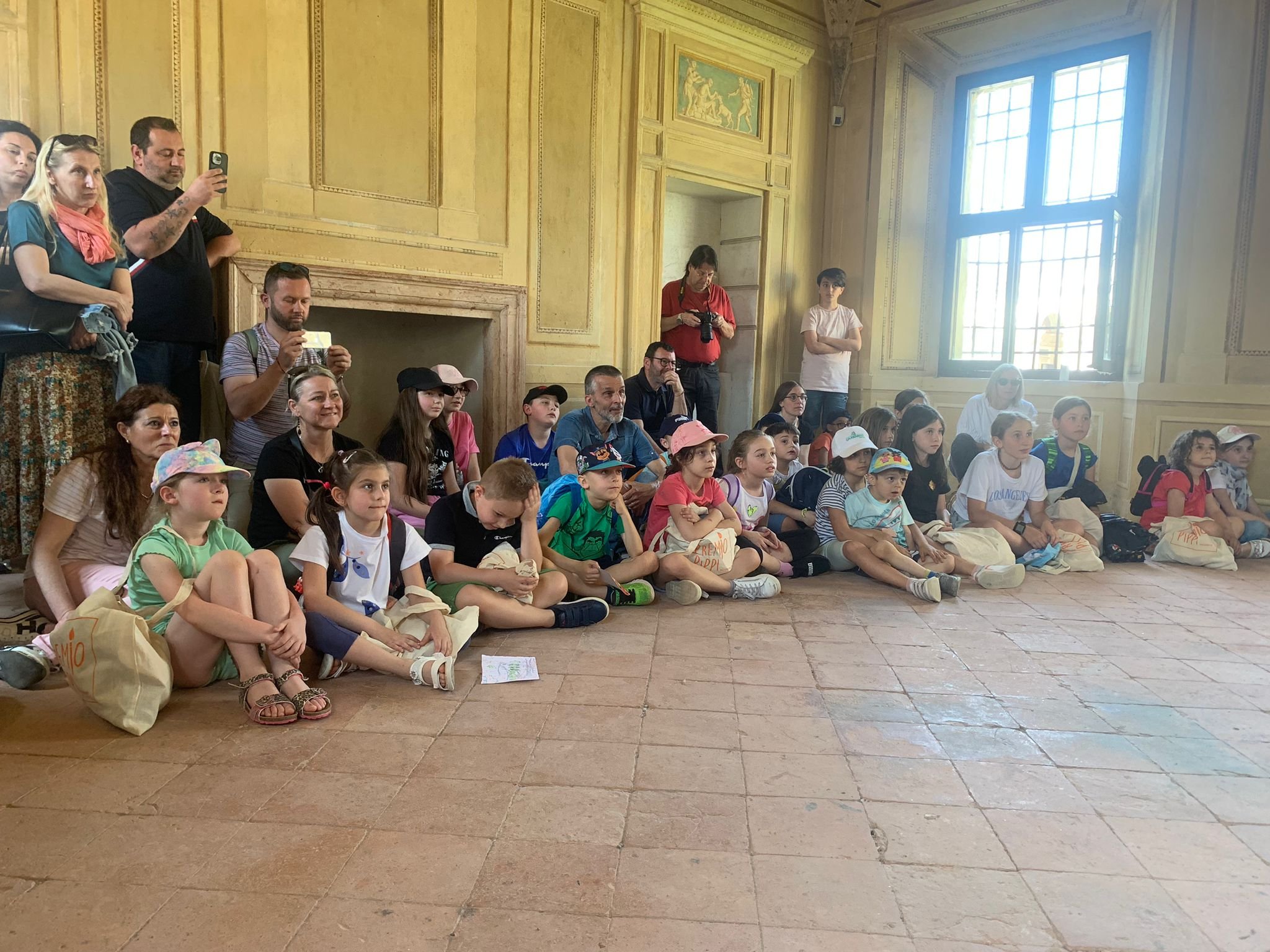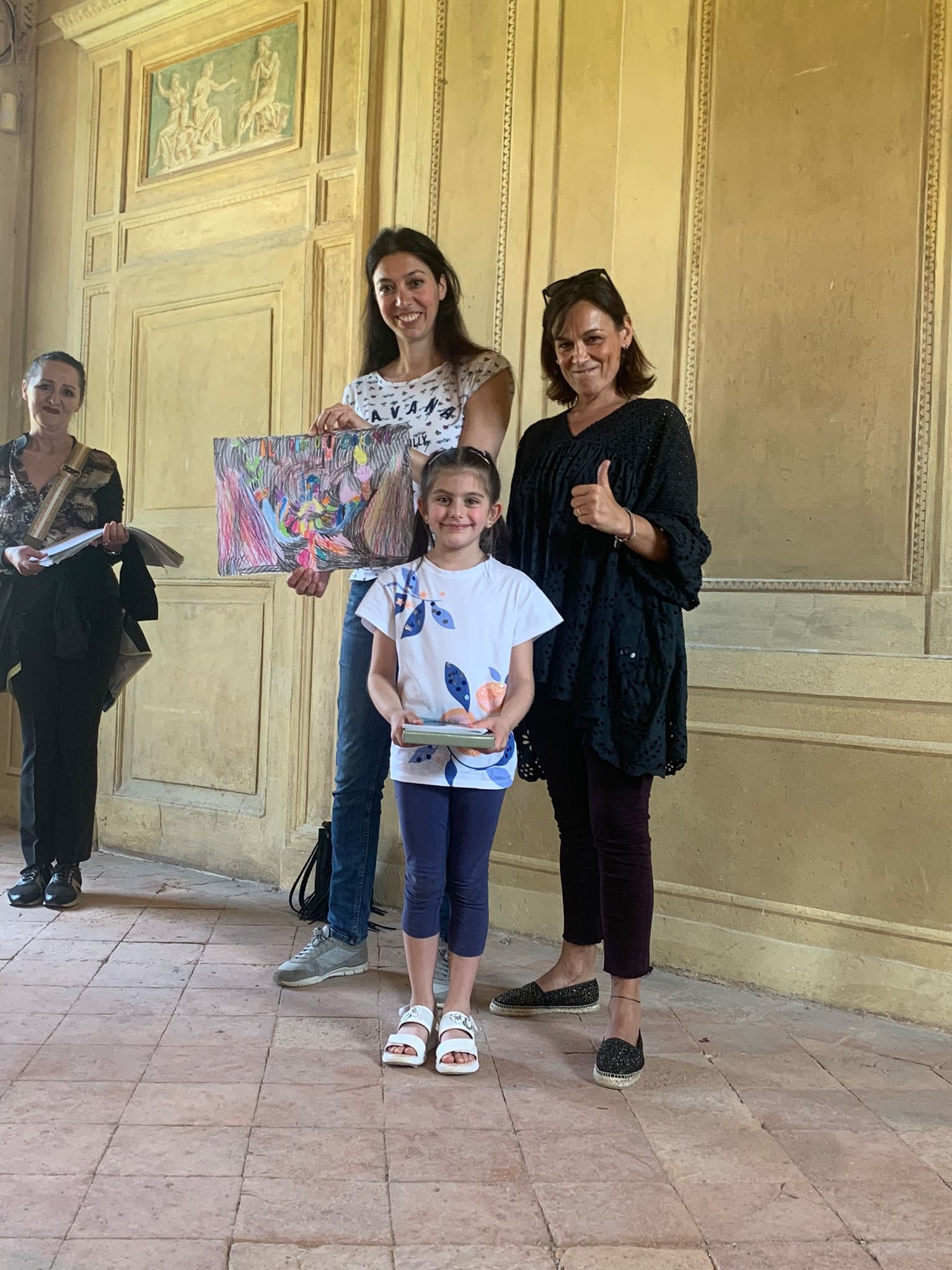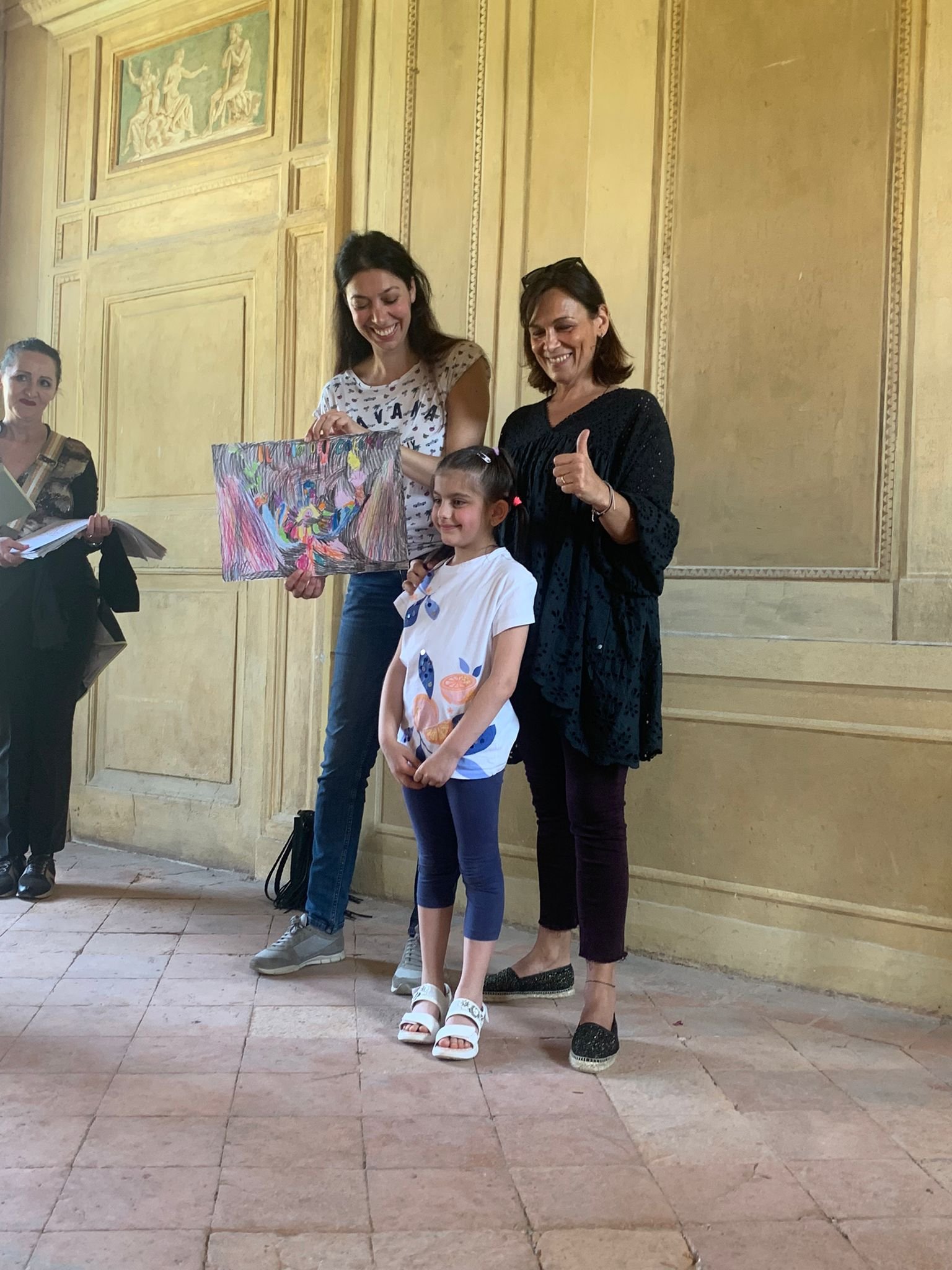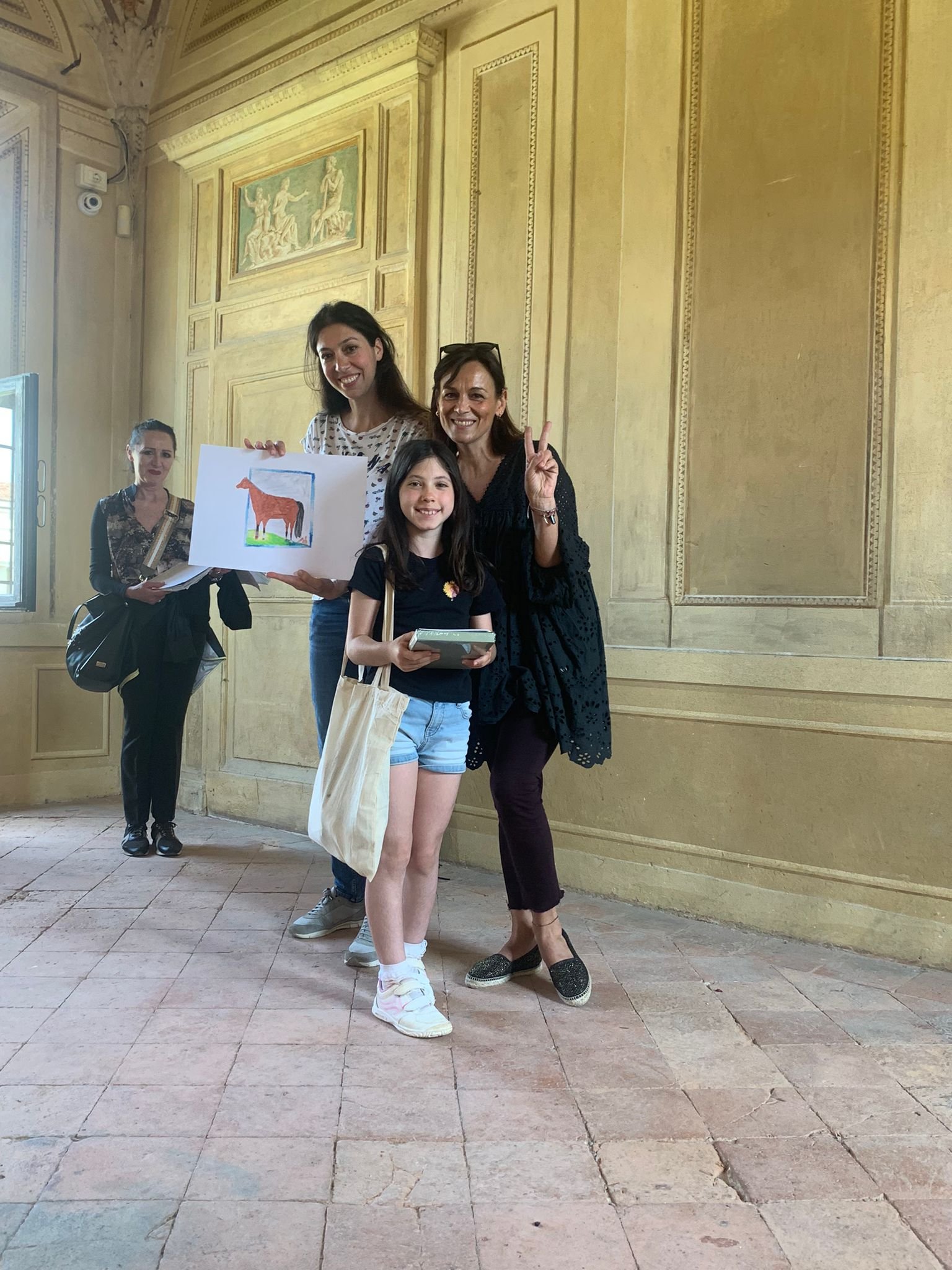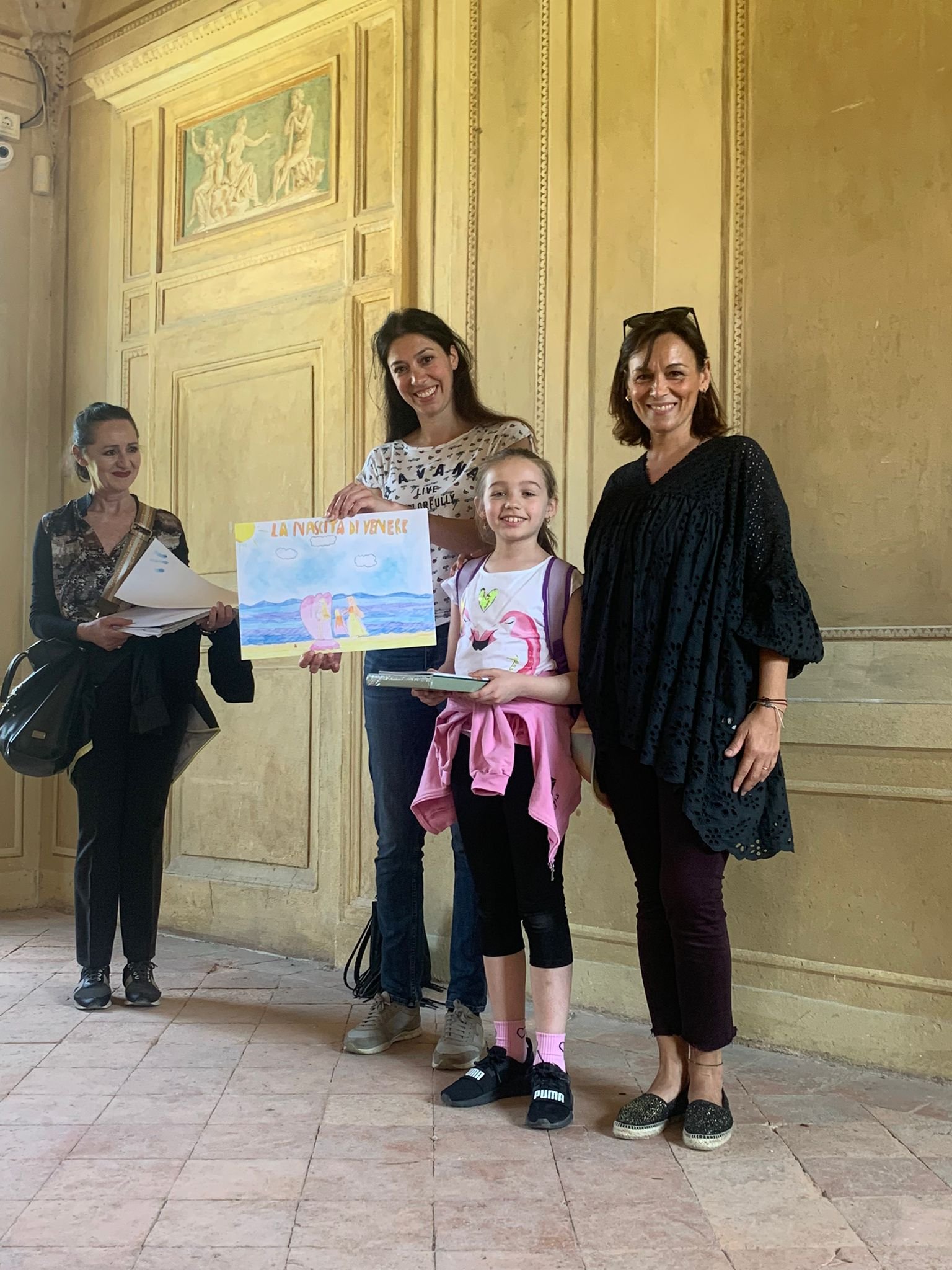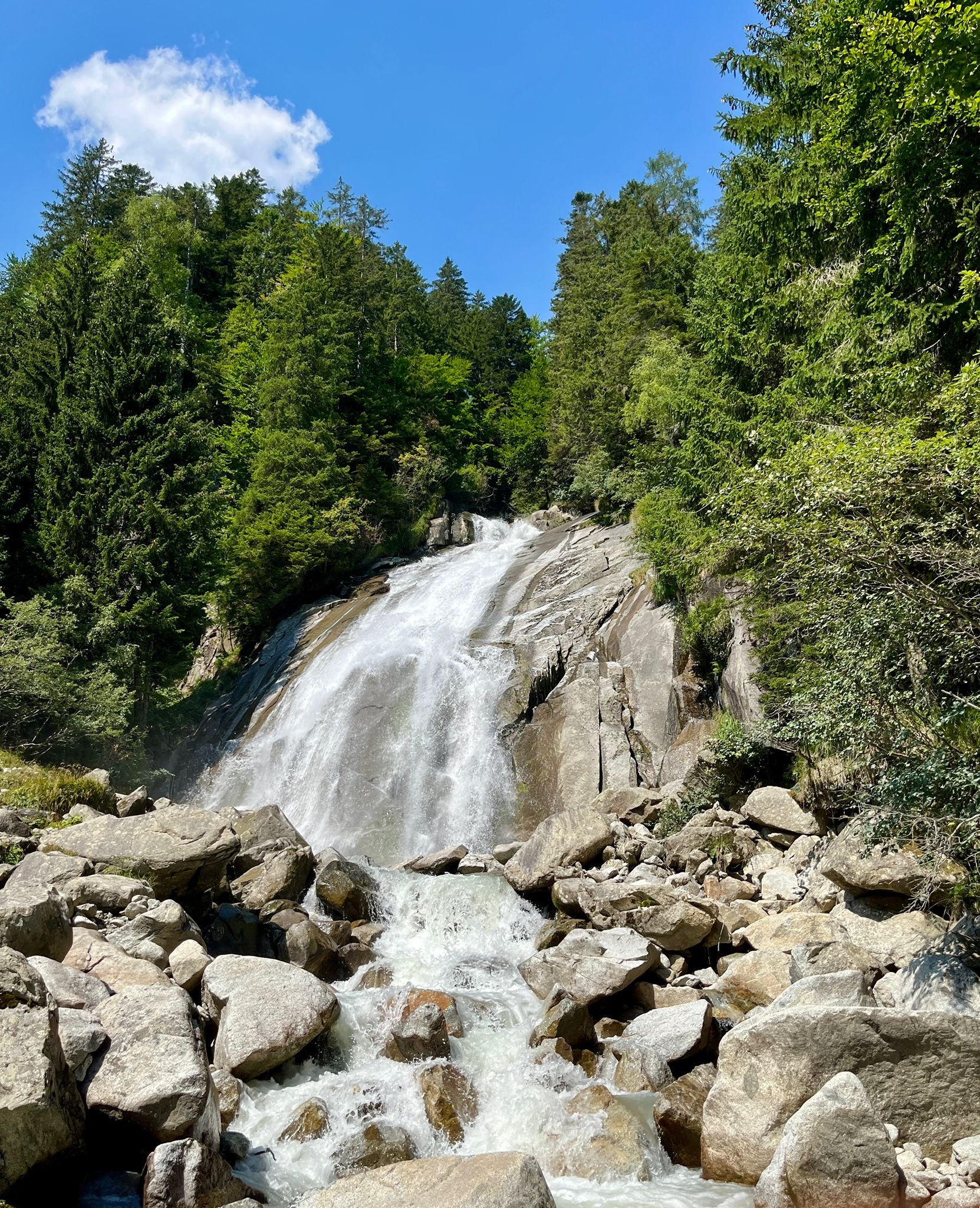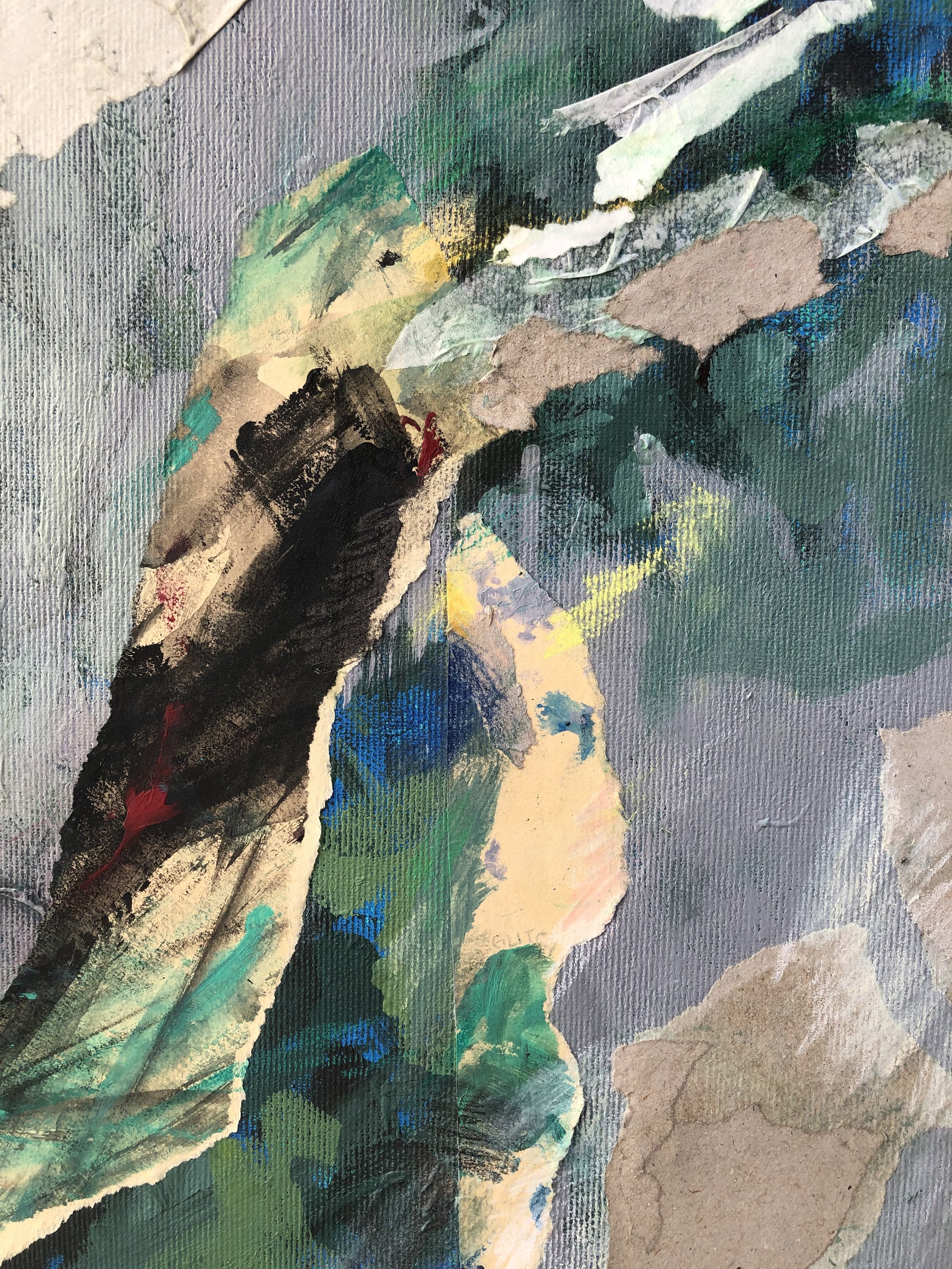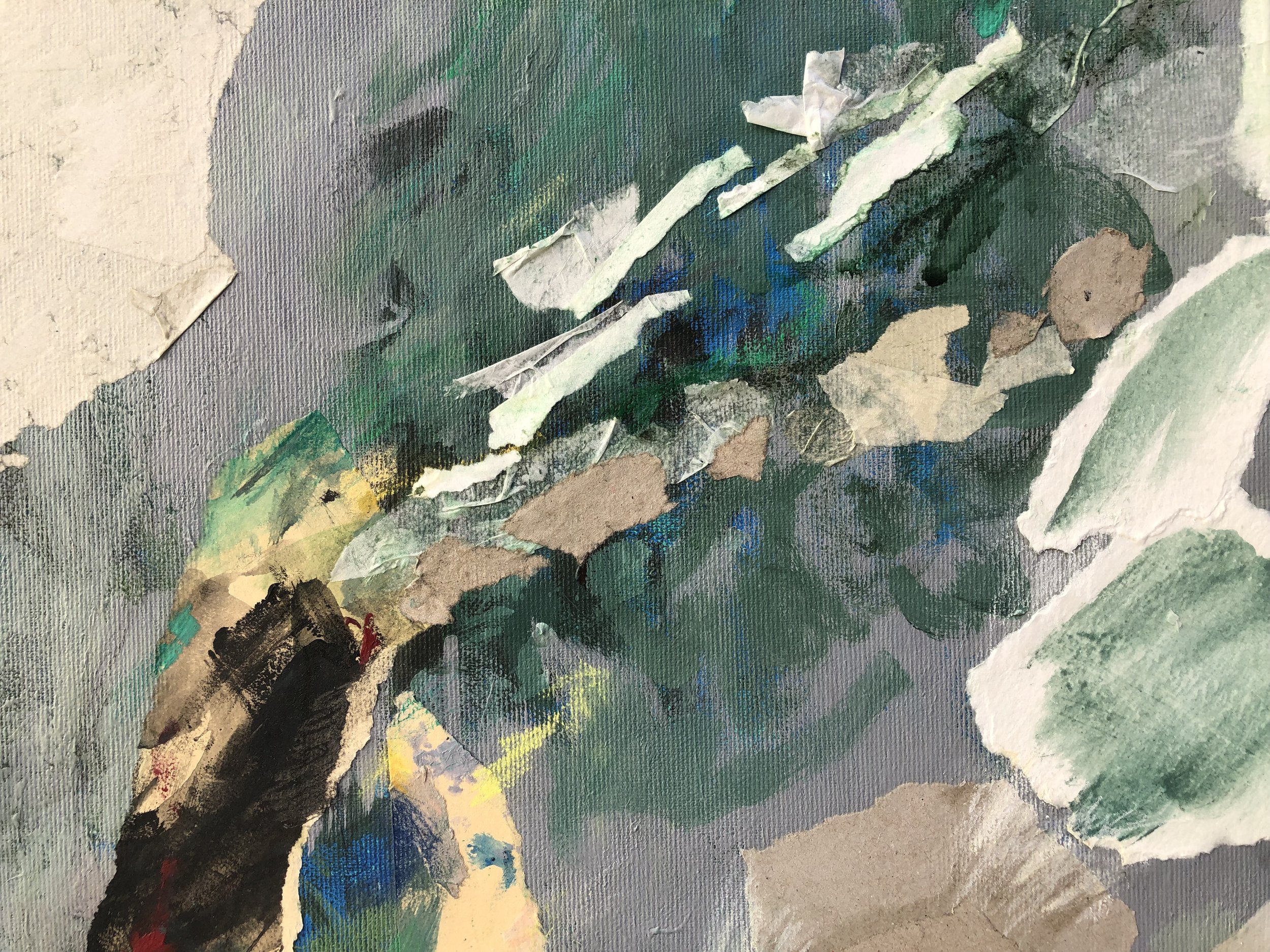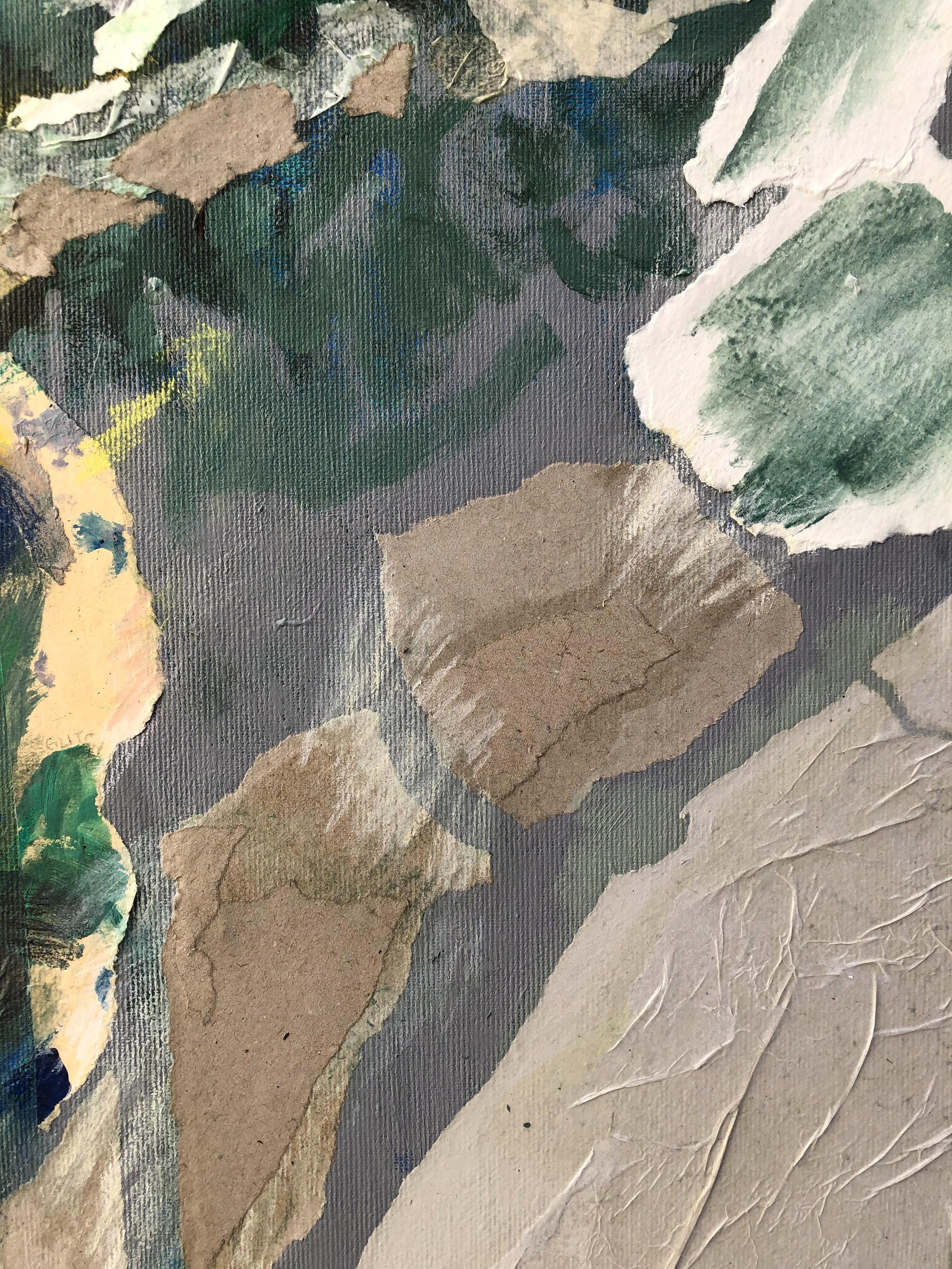Dalla collaborazione tra Asst Mantova e Fondazione Palazzo Te, nasce il progetto di laboratori dal titolo "L'arTE che cura. Rubens e gli eroi", che utilizzando diversi linguaggi espressivi, danza, teatro, pittura e musica, a partire dal 17 ottobre stimoleranno le emozioni di un gruppo di pazienti dell'Ospedale "Carlo Poma" e produrrà uno studio clinico per valutare l'impatto dell'arte sul benessere dei pazienti.
Sono felice di far parte di questo progetto conducendo il laboratorio Segno, gesto, colore. L'energia nella pittura.
Di seguito maggiori dettagli:
L'iniziativa sarà elaborata dalla struttura di Nefrologia e Dialisi del Carlo Poma, guidata da Giuseppe Mazzola, e coinvolgerà un gruppo di 25 pazienti sottoposti a trattamento dialitico, emodialisi o dialisi peritoneale.
Si tratta del primo studio di Asst che vede protagoniste le arti con il loro potenziale terapeutico e si inserisce nell'ambito del più ampio progetto "Arte in ospedale" curato da Elena Miglioli dell'area Ufficio stampa e comunicazione di Asst Mantova, che da anni diffonde la bellezza nei luoghi di cura grazie a svariati interventi artistici nelle strutture aziendali in partnership con istituzioni, artisti, istituti di formazione superiori e universitari.
In particolare, nel 2023 è nato appunto il sottoprogetto Museoterapia, in cui si inseriranno i workshop di Palazzo Te che già vanta un'esperienza significativa nel campo del welfare culturale. I dettagli del progetto sono stati illustrati questa mattina presso lo Spazio Te da Stefano Baia Curioni, direttore Fondazione Palazzo Te, Mara Azzi, direttore generale di Asst, e Giuseppe Mazzola, direttore del reparto di Nefrologia dell'Ospedale Carlo Poma.
Lo studio clinico della Nefrologia metterà a confronto due gruppi di pazienti dializzati di età compresa fra i 18 e gli 80 anni, maschi e femmine, uno dei quali parteciperà alle attività programmate a Palazzo Te. A entrambi sarà sottoposto un doppio questionario a distanza di un tempo prestabilito: prima e dopo l'esperienza artistica. L'obiettivo primario è quello di verificare se gli stimoli artistici possono contribuire a una riduzione del 10 per cento del grado di astenia. Il secondo obiettivo è quello di valutare se le condizioni di dialisi ospedaliera o domiciliare possono contribuire a determinare il grado di astenia.
L'insufficienza renale cronica con necessità dialitica è una condizione che comporta spesso la comparsa di astenia fisica e mentale. Il paziente dializzato riferisce senso di stanchezza legata all'esecuzione della dialisi, ma anche dovuta alla modifica degli stili di vita e all'obbligatorietà del trattamento dialitico tre o più volte alla settimana, in base alla metodica prescelta. L'astenia si ripercuote sul benessere psichico, fisico e sociale di chi la sperimenta.
Il percorso prenderà come spunto iniziale i miti di Ercole e le storie di Achille, emblemi dell'eroe antico che si trova di fronte a fatiche e scelte, amori e arti, mostri e avversari, virtù e debolezze. Come queste storie ci parlano oggi? Come diventano una pratica sociale? Perché il mito è ancora materia viva? Si partirà il 17 ottobre con sei laboratori condotti da esperti che si concluderanno il 28 novembre: Visita alla mostra di Rubens. Il corpo dell'eroe. Forza, amore, virtù con Simone Rega; Percezione e sentimento con Chiara Olivieri; Dal dipinto alla scena con Silvia Gandolfi; Segno, gesto, colore. L'energia nella pittura con Federica Aiello Pini; Piano e forte. La forza di una nota con Leonardo Zunica.
"Si parte dall'idea – ha commentato il direttore generale di Asst Mara Azzi - che l'arte possa curare sia i pazienti che i professionisti, oltre a rappresentare un ponte fra i luoghi di cura e la comunità locale. Con questa iniziativa i nostri professionisti si propongono di misurare scientificamente l'impatto dell'arte sui pazienti. Ringraziamo Fondazione Palazzo Te per questa importante collaborazione".
Sul ruolo della cultura nel rapporto con la cura sanitaria si è soffermato Il direttore di Fondazione Palazzo Te Stefano Baia Curioni: "La partecipazione a questo progetto di attivismo culturale è un importante esempio di welfare relazionale che si esprime a sostegno della necessità di salute della persona ed è un prezioso terreno di sperimentazione anche per il nostro ruolo nel futuro".
Secondo il rapporto dell'Oms sul ruolo delle arti nel miglioramento della salute e del benessere (Health evidence network synthesis report 67 - What is the evidence on the role of the arts in improving health and well-being? a scoping review – 2019), negli ultimi vent'anni la ricerca in questo campo si è intensificata in modo molto significativo. Sono inoltre emersi sviluppi nelle pratiche e nelle attività politiche in diversi Paesi dell'Organizzazione mondiale della sanità-Regione Europa, ma anche oltre i suoi confini. Più di 3.000 studi hanno evidenziato il ruolo determinante delle arti nella prevenzione delle malattie, nella promozione della salute, nel trattamento e nella gestione delle patologie che si manifestano nel corso della vita.
Il report censisce la letteratura accademica globale in inglese e in russo, dal gennaio 2000 al maggio 2019. Si parla di oltre 900 pubblicazioni, fra le quali più di 200 tra recensioni, revisioni sistematiche, meta-analisi e meta-sintesi. I risultati sottolineano un potenziale impatto delle arti sulla salute mentale e su quella fisica, nell'ambito di due categorie tematiche: la prevenzione e promozione, la gestione e il trattamento. Visitare musei e gallerie, andare a teatro e assistere a concerti o all'opera lirica ogni due mesi o più frequentemente in età avanzata sono stati associati, ad esempio, a un più lento declino cognitivo e a un minore rischio di sviluppare demenza.
From the collaboration between Asst Mantova and Fondazione Palazzo Te, a project of workshops entitled "L'arTE che cura. Rubens and the Heroes," which using different expressive languages, dance, theater, painting and music, starting Oct. 17 will stimulate the emotions of a group of patients of the "Carlo Poma" Hospital and produce a clinical study to assess the impact of art on the well-being of patients.
I am happy to be part of this project by leading the workshop “Mark, Gesture, Color. Energy in painting.”
Below are more details:
The initiative will be developed by the Carlo Poma Nephrology and Dialysis facility, led by Giuseppe Mazzola, and will involve a group of 25 patients undergoing dialysis treatment, hemodialysis or peritoneal dialysis.
This is Asst's first study to feature the arts with their therapeutic potential and is part of the larger "Art in the Hospital" project curated by Elena Miglioli of Asst Mantova's Press and Communication Office area, which for years has been spreading beauty in places of care thanks to a variety of artistic interventions in the company's facilities in partnership with institutions, artists, higher education institutions and universities.
Specifically, the Museotherapy subproject was born in 2023, which will include workshops at Palazzo Te, which already has significant experience in the field of cultural welfare. Details of the project were illustrated this morning at Spazio Te by Stefano Baia Curioni, director of Fondazione Palazzo Te, Mara Azzi, general manager of Asst, and Giuseppe Mazzola, director of the department of Nephrology at Carlo Poma Hospital.
The Nephrology clinical study will compare two groups of male and female dialysis patients aged 18 to 80 years, one of whom will participate in the planned activities at Palazzo Te. Both will be given a double questionnaire at a predetermined time interval: before and after the artistic experience. The primary objective is to test whether artistic stimuli can contribute to a 10 percent reduction in the degree of asthenia. The second objective is to assess whether hospital or home dialysis conditions can contribute to the degree of asthenia.
Chronic renal failure with dialysis requirements is a condition that often involves the appearance of physical and mental asthenia. The dialysis patient reports sense of fatigue related to the performance of dialysis, but also due to the modification of lifestyles and the mandatory dialysis treatment three or more times a week, depending on the chosen method. Asthenia affects the mental, physical and social well-being of those who experience it.
The course will take as its initial cue the myths of Hercules and the stories of Achilles, emblems of the ancient hero who is faced with labors and choices, loves and arts, monsters and adversaries, virtues and weaknesses. How do these stories speak to us today? How do they become a social practice? Why is myth still living matter? It will start on Oct. 17 with six workshops led by experts that will conclude on Nov. 28: Visit to the Rubens exhibition. The Hero's Body. Strength, Love, Virtue with Simone Rega; Perception and Feeling with Chiara Olivieri; From Painting to Stage with Silvia Gandolfi; Sign, Gesture, Color. Energy in Painting with Federica Aiello Pini; Piano and forte. The power of a note with Leonardo Zunica.
"It starts with the idea," commented Asst. General Director Mara Azzi, "that art can heal both patients and professionals, as well as provide a bridge between places of care and the local community. With this initiative, our professionals aim to scientifically measure the impact of art on patients. We thank Fondazione Palazzo Te for this important collaboration."
On the role of culture in the relationship with health care, Fondazione Palazzo Te director Stefano Baia Curioni dwelt: "Participation in this cultural activism project is an important example of relational welfare that is expressed in support of a person's need for health and is a valuable testing ground for our role in the future as well."
According to the WHO report on the role of the arts in improving health and well-being (Health evidence network synthesis report 67 - What is the evidence on the role of the arts in improving health and well-being? a scoping review - 2019), research in this field has intensified very significantly over the past two decades.
Developments have also emerged in practices and policy activities in several countries of the World Health Organization - Region of Europe, as well as beyond its borders. More than 3,000 studies have highlighted the crucial role of the arts in disease prevention, health promotion, and the treatment and management of diseases that occur throughout life.
The report surveys the global academic literature in English and Russian from January 2000 to May 2019. It reports on more than 900 publications, including more than 200 reviews, systematic reviews, meta-analyses, and meta-syntheses. The findings highlight a potential impact of the arts on mental and physical health within two thematic categories: prevention and promotion, and management and treatment. Visiting museums and galleries, going to the theater and attending concerts or opera every two months or more frequently in later life, for example, were associated with slower cognitive decline and lower risk of developing dementia.


















